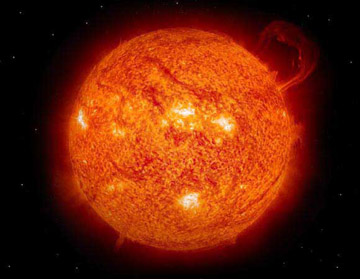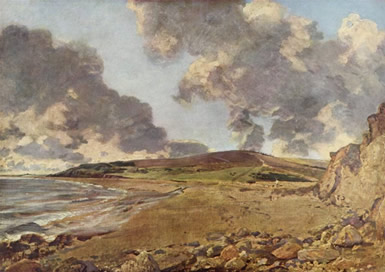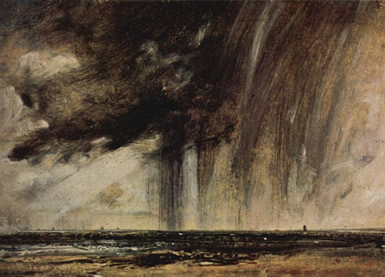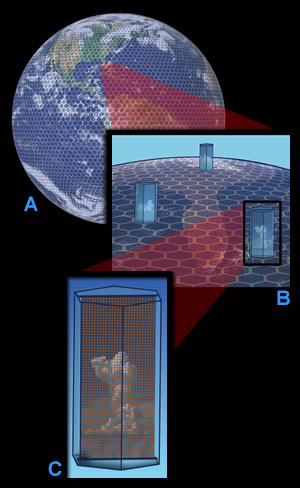At a large scale, the CMMAP model divides Earth into hexagons of equal size (A). The model calculations focus on the atmospheric events within each hexagon (B) and, at a small scale, the events that occur along planes within each hexagon (C).
Click on image for full size
Image Courtesy of Lisa Gardiner/UCAR
CMMAP - Studying Clouds and Climate
Clouds are an important part of Earth's weather and climate. Scientists use computer models to study our planet's climate. These computer models include models of clouds. It's hard to model clouds because these models need to include very big things like hurricanes and very small things like raindrops and snowflakes.
Scientists working on a project called CMMAP (pronounced "see-map") are trying to find a new way to model the climate. They want to know more about how clouds affect the climate. One of the challenges of this project is to develop a new way of modeling clouds and climate so they can see what is happening with individual clouds.
The links below have more information about the CMMAP project, how CMMAP is helping people teach and learn about climate, and the science of clouds and climate modeling.
You might also be interested in:

How do you know to pack your bathing suit and sunhat for a trip to a tropical island or pack warm sweaters and coats for a trip to Alaska? If you know a little about regional climates, then you know what
...more
To figure out what the Earth might be like in the future, scientists need to know how Earth reacts to changes. Models help scientists to better understand how the Earth works and how it will react to climate
...more
The Sun Climate can change if there is a change in the amount of solar energy that gets to Earth. A change in the solar cycle can impact climate. The effect is too small to be the reason that global warming
...more
Hurricanes form in the tropics over warm ocean water. The storms die down when they move over land or out of the tropics. At the center of the rotating storm is a small area of calm weather and clear skies
...more
Raindrops form when tiny water droplets collide together in clouds to form bigger ones. When they get too heavy, rain falls out of the clouds. Rain is more than 5mm in diameter. The types of clouds that
...more
Landscape painters have been representing clouds in their art for centuries. Different artists with different styles have painted clouds differently. What's more, there are many different types of clouds
...more
The Sky Is Low, The Clouds Are Mean The sky is low, the clouds are mean, A travelling flake of snow Across a barn or through a rut Debates if it will go. A narrow wind complains all day How some one treated
...more















